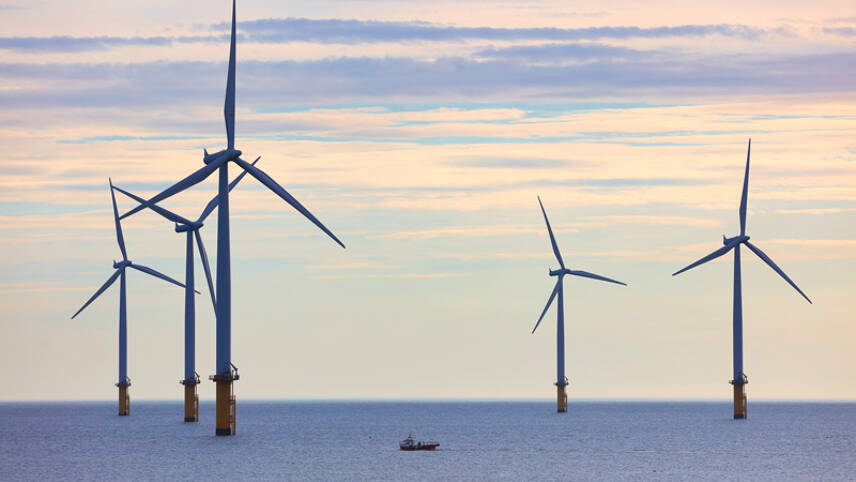Register for free and continue reading
Join our growing army of changemakers and get unlimited access to our premium content

Pictured: The Redcar offshore wind farm
The Department for Business, Energy and Industrial Strategy (BEIS) published a consultation on Monday (19 December) outlining changes to CfD terms and conditions.
Under the scheme, generators receive top-up payments when the market price of electricity is below the strike price awarded at their CfD auction.
However the generators must pay back the difference back into the scheme when the market price is higher than their strike price.
The consultation said the CfD scheme gives developers flexibility to determine the start date for generating and receiving CfD payments in order to give confidence in the event of unexpected construction or other unforeseen delays.
However, developers have been using this flexibility to delay CfD start dates in order to maximise their income from high power prices by avoiding payments back into the scheme from operating generation sites, the paper said: “By doing this at a time of high electricity rates, such generators are avoiding CfD payments.
“This is not the intention of the flexibility within the contract and does not align with the objective of the scheme to provide certainty and stability to generators and protection to consumers.”
The consultation said that for contracts awarded from the next Allocation Round 5 (AR5) onwards, which is expected to open in March 2023, proposed contract changes will prevent generators from delaying their CfD start dates solely for commercial gain.
“This will ensure consumers are protected from further foregone CfD payments in the event of future spikes in wholesale electricity prices, as originally intended.”
Under the proposed changes, the generator’s CfD start date must be no later than ten business days after the facility starts commercial operation.
A final version of the CfD contract terms for AR5 will be published before it gets underway in 2023.
Geothermal boost
In a separate development, an energy minister has confirmed that geothermal generation will be eligible for the next CfD allocation round.
In a letter to the House of Commons Environmental Audit Committee (EAC), Lord Callanan wrote that geothermal energy is being included in the government’s consideration of the AR5 auction parameters, which are due to be announced in January.
The letter also confirmed that the government continues to monitor progress of geothermal heating technologies in order to better understand its potential as part of the UK’s energy mix.
The committee’s chairman, Philip Dunne MP, said: “As the UK re-examines its energy mix in an effort to reduce dependence on fossil fuels, it is promising to have confirmation that the government is open to supporting geothermal technologies. The committee heard that geothermal energy could potentially fulfil much of the UK’s heating and power needs without damaging emissions of oil and gas.”
However, the letter alone does not send “a particularly encouraging message to the sector”, he added.
“While it is encouraging to learn that geothermal power is in the mix for the next round of Contracts for Difference auctions, in practice the auction parameters will determine whether geothermal power projects will actually benefit from this support. The announcement of these parameters early in 2023 will be a litmus test of the government’s commitment to supporting geothermal power by establishing a ringfenced pot for electricity generated from geothermal.
“Current government support for small-scale geothermal heating, in the form of domestic heat pumps, is welcome: but ministers must now accelerate the pace at which they are evaluating the potential for large-scale geothermal to contribute to the nation’s heating needs.”
David Blackman
This article appeared first on edie’s sister title, Utility Week


Please login or Register to leave a comment.